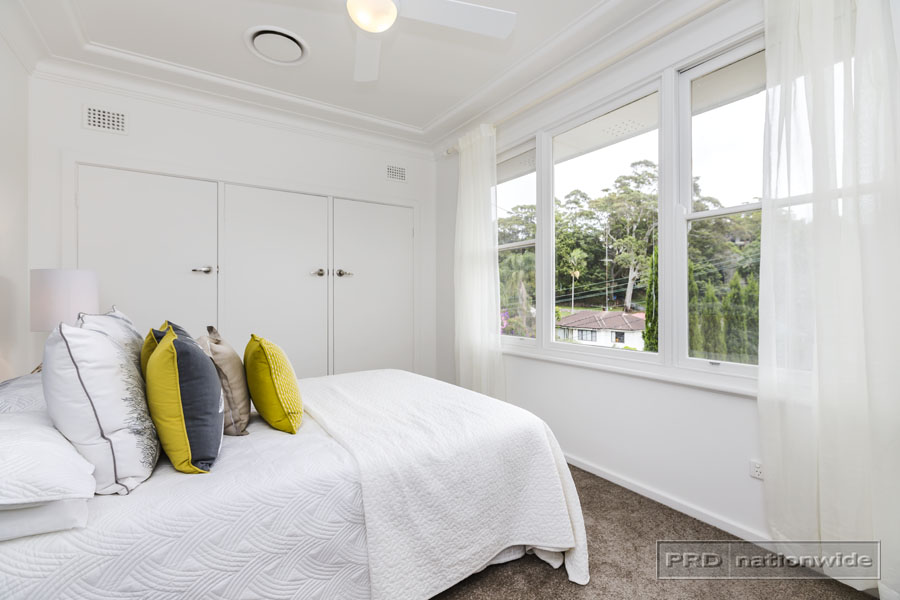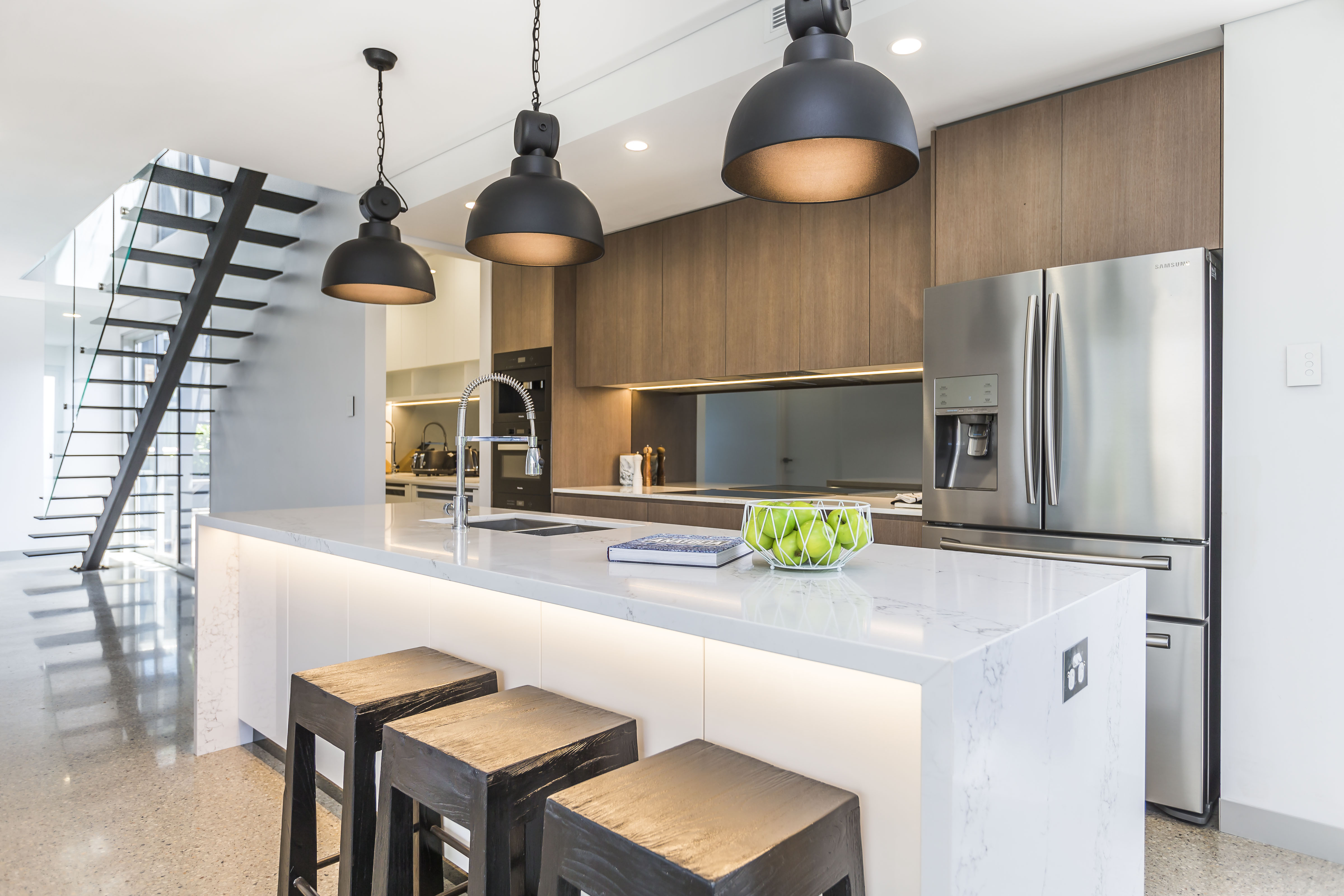In the first part of this blog series, I’ve discussed the mistakes you can make as they relate to your target market. I’ve emphasized the importance of researching about your suburb, about your property, about who your target market is, what it wants, and how much it can afford
Speaking of the latter, I mentioned that you have to be careful to avoid over-capitalisation. Let’s start with that in the second installment of this series.
Over-capitalising on your renovation
Over-capitalisation means the costs of your renovation far exceeds the value it adds to your property. How can this happen?
First, you may end up overcapitalizing the moment you decide to do a DIY renovation. Why? It’s because cutting corners just to save money can lead to low-quality work. And you know very well that low-quality work is unacceptable for something considered as one of the biggest financial investments in our lives.
Second is getting emotionally involved with your property. This is true: with higher emotions comes lower intelligence. It can happen that you’ll find yourself renovating because you’re in love with the property. And when that happens, your sense of objectivity is lost. As a result, some, if not all, of the decisions you’ll make may be based on your ‘love’ for the property and not on what makes it more valuable.
Third, you might not know what over-capitalisation means. This is one of the important things that you need to know if you decide to pursue renovation as a business. You might be too carried away by the concept of ‘maximising your profit’ that you overlook the small things that can cause de-valuation. In the end, you might have added value to the property but if you factor in renovation costs, you might find that you’ve actually spent more than what you’re set to get.
Fourth, you might not have done your homework. The homework that I’m referring to is comparable market pricing and costing your renovation. Remember my discussion about not knowing what your target market can afford? That’s exactly the same in this area.
And don’t attempt to implement a renovation project without having a budget plan. This increases the risk of you spending money without knowing how it can help add value to your property.
There are other factors that contribute to over-capitalisation, and I’ll discuss them in detail in my future posts.
Underestimating costs
This is all about your budget. Get it wrong and you’ll miss the mark. Now, what does ‘underestimation’ mean?
It means that you might run into a situation where you actually run out of money. When that happens, you might be forced to take an unfinished product on to the market. As a result, you’re going to incur losses. Reason will tell you that no one will be willing to pay top dollar for an unfinished product.
The kind of society we live in now has taught us to associate price tag with certain levels of expectations. If expectations aren’t met, disappointment happens as a result.
Why does underestimation happen?
From my experience, it occurs when people haven’t researched the true cost of labour and trades in their local area. Remember: renovation cost is one of the biggest financial commitments you’re going to make in any project. Ideally, the greater the renovation cost, the greater the returns should be – if you’ve done your estimations correctly.
Another reason is related to unplanned changes. You might be quick to suggest this and that and don’t realize how your sudden change of mind is impacting the floor plan and the renovation plan. The effects will then seep into one of your most important resources: money.
So how do you prevent underestimation from happening?
First, lay out your estimates. Second, actually consult people about the details of your estimates. Make adjustments based on what’s currently on offer. If you can’t add more funds, scale back. And towards the end of the project, look at your actual costs versus your plan costs. This will give you insights on how to be more effective and efficient on your next project.
All in all, it pays to be conservative. Always assume that something will go wrong that will affect your plan costs.
Not having a time-based plan
What does it mean to have a time-based plan? Well, it can be two things.
First, that you’re timing your renovation at a time when the Australian market is hot. And second, you’re timing your renovation in view of another upcoming project. Both timings point to the fact that when you’re renovating to get profit, you’re a businessman or a businesswoman. So what do you need to know about time-based plans?
First, the Australian property market comes to life in spring. You know very well that sale signs come about during this season. So if you’re looking to capitalise on what the season brings, you ought to time you renovation to be completed just when the market mobilises.
Second, if you intend to take in as many renovation projects as you can during the year, you need to design a time-based plan that’ll help you achieve that.
And third, if you’re managing multiple renovation projects at the same time, you need to be super focused and adherent when it comes to time.
For all these situations, there’s one critical factor you need to consider so that you can make time work for you: logistics.
Logistics means being systematic and efficient at the same time. It’s all about completing tasks in parallel. For example, you might have different people paint the exterior and the interior of the property. Or maybe, you can have the landscaper come over while the carpet is being laid out.
You have to think about what’s possible to accomplish given the time you’ve planned. Remember: time won’t work for you. You have to make it work with you.
So what tips do I have for time-based planning?
First, scope out what needs to be done. Second, talk to your tradies about their estimated timelines in view of the tasks. Third, book your tradies based on their availability. Fourth, think about which tasks can be done simultaneously based on these available times. This way, you can have multiple parties working without stepping in each other’s toes. And fifth, you need to factor in how your timeline can affect renovation costs.
As mentioned, don’t be too complacent and think that everything will go as planned. Prepare contingency plans for setbacks.
In the third installment of this series, let’s look at the aspects of the renovation project and see what mistakes you can try to avoid.
For more information













